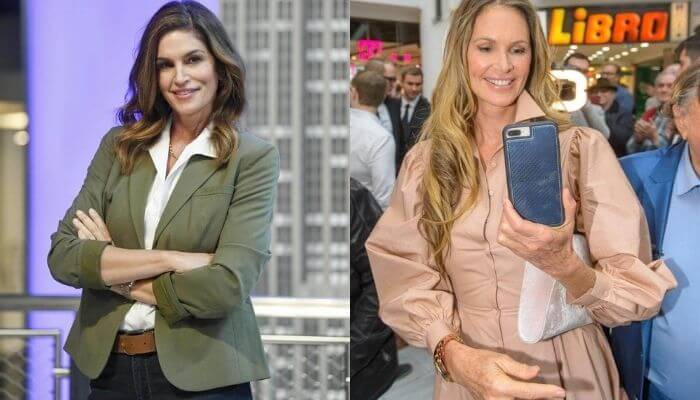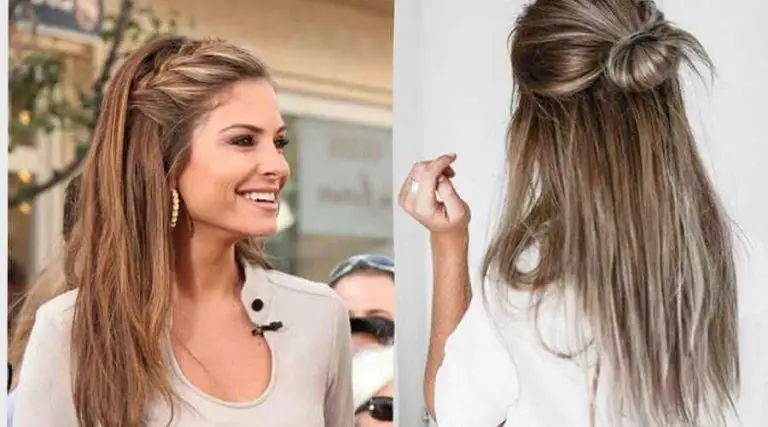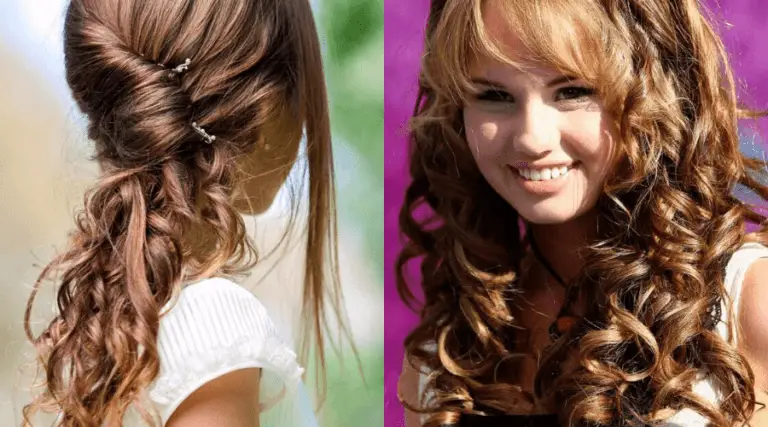The history behind your Pride rainbow hairdo
Last Updated 2 years ago:
Across the world, rainbows are out in force this month, as the LGBTQ+ community and their allies celebrate Pride. It’s time for rainbow flags, rainbow outfits, rainbow accessories, rainbow hair…
Recent research by All Things Hair has shown that 71% of people report that their hair plays a big role in their self-expression and identity. This is one of the reasons that so many of those joining Pride marches opt for bright and beautiful rainbow hairstyles. But why are rainbow colors linked with Pride in the first place? Read on to find out!
Pride and the rainbow flag
The most commonly used Pride rainbow flag today has six stripes: red, orange, yellow, green, blue and violet. However, that wasn’t always the case. In fact, the original LGBTQ+ flag had eight colors.
That flag was the work of Gilbert Baker. An artist and drag queen, Baker produced the original, eight-color flag back in 1978. He recalls:
“Our job as gay people was to come out, to be visible, to live in the truth… A flag really fit that mission, because that’s a way of proclaiming your visibility.”
The openly gay Baker chose eight colors for his flag, with each color symbolizing something:
- Hot pink represented sex
- Red represented life
- Orange represented healing
- Yellow represented sunlight
- Green represented nature
- Turquoise represented art
- Indigo represented harmony
- Violet represented spirit
Over the years, the variety of the colors has also come to represent the huge variety found in the LGBTQ+ community. These days, the six colors of the rainbow flag retain their meaning, while the flag’s use has been embraced around the world.
It was the broadscale adoption of the rainbow flag that led to the reduction in the number of colors. Both turquoise and pink were dropped due to problems in production. Indigo was also out, with blue brought in to replace it.
Rainbow flag variations
Baker’s original flag design was proudly flown at the San Francisco Gay Freedom Day parade on 25 June 1978. Since then, it has been waved and flown around the world. It has also been added to and amended in a wide variety of ways, to the extent that there are now over 30 different variations of the Pride flag in use.
Some states, countries and even continents fly their own version of the rainbow flag. In Philadelphia, for example, the six-colored flag has an additional two stripes at the top – one black and one brown. The Pride of Africa flag, meanwhile, showcases a contemporary ‘Pride of Africa’ logo designed in bright, rainbow colors.
Different sections of the LGBTQ+ community also have their own flags. There is a bisexual Pride flag, a pansexual one, an asexual one, a transgender Pride flag and so on. There are also flags for allies, people of color, Native Americans and more. Some work with the original rainbow colors, while others work with the stripe design while introducing different colors or working in other elements such as hearts, crowns or geometric patterns.
Something to bear in mind while styling your rainbow hair ready for Pride this month!






